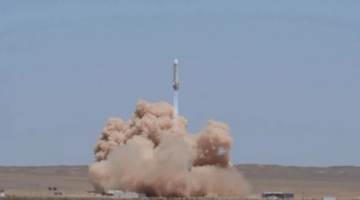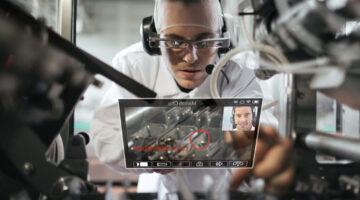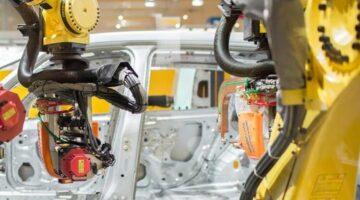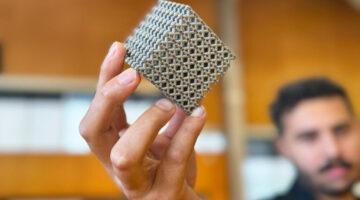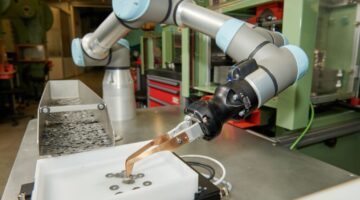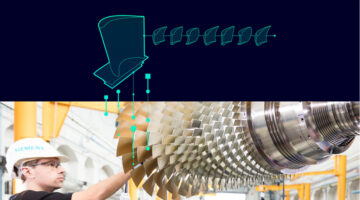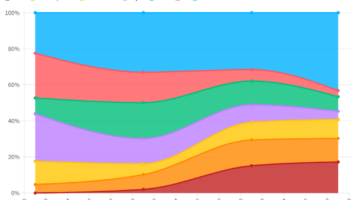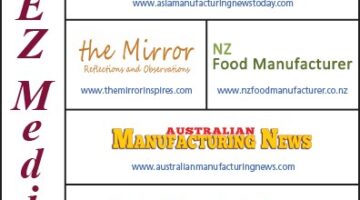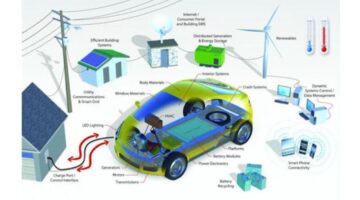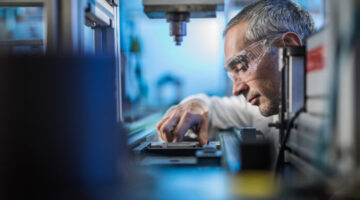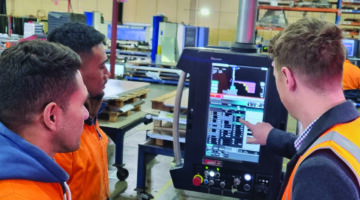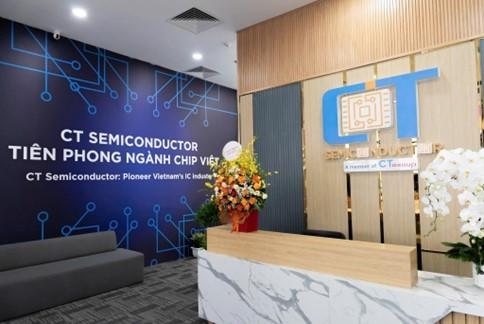
CT Semiconductor Inaugurates ATP Chip Semiconductor Training Center
HANOI, Vietnam. On October 1st, 2024, The ATP Semiconductor Chip Technician Training Center CT Semiconductor (a member of CT Group) was officially inaugurated and commenced operations at the National Innovation Center (NIC) in Hoa Lac High-Tech Park, Hanoi. The ATP Semiconductor Chip Technician Training Center at NIC is part of […]

Energy Experts on AI Tools for Building’s Sustainability:“Triple Win for Businesses, People, and Planet”
Donatas Karčiauskas, CEO of Exergio Research studies continue to highlight that aside from environmental benefits, AI-based platforms in building energy management deliver economic savings and improve occupant well-being. Energy experts provide real-case examples for these tools. Vilnius, Lithuania. Numerous studies delve into the potential of AI for buildings and their […]

Productivity is the only game in town!
Ian Walsh, Partner, Argon & Co It is great to see that finally we are talking as a nation about the need to be more productive. Our poor performance in productivity terms is not a new issue or problem, but given the current economic environment, it has become clear to […]
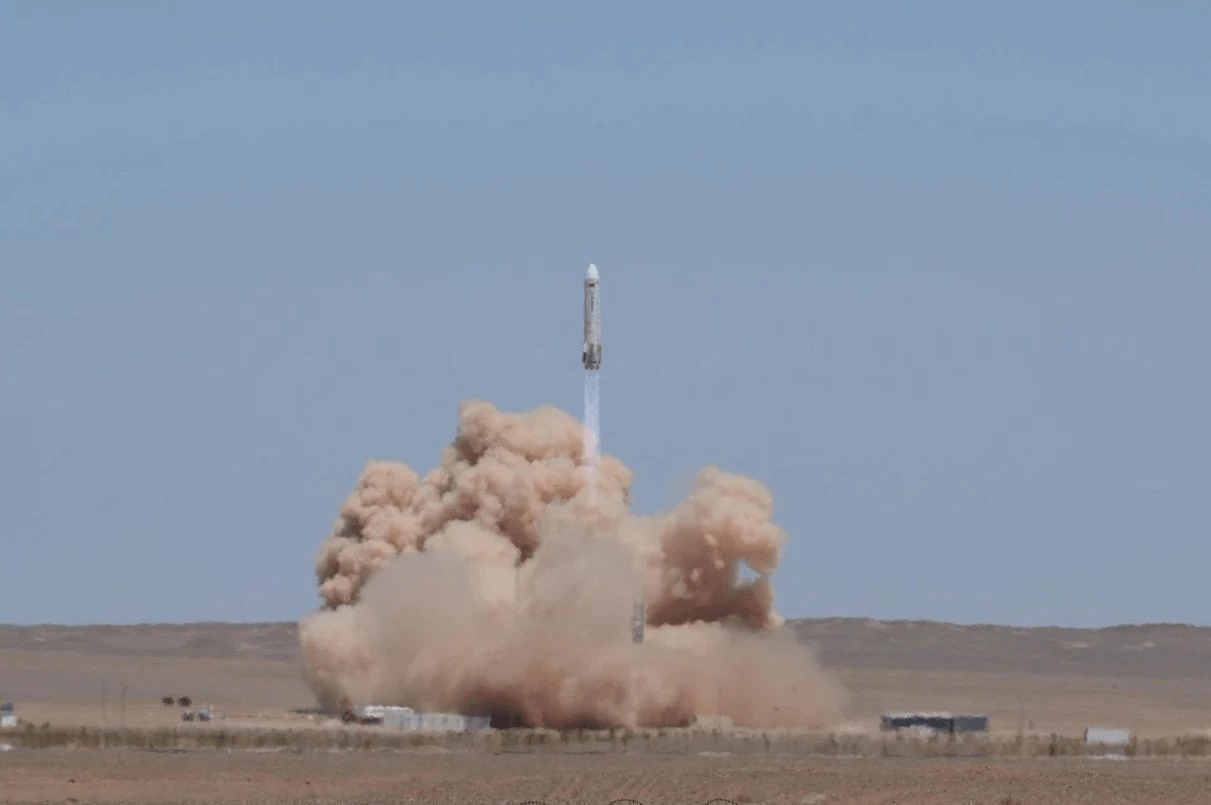
BLT Supports Successful 10km-Level Flight and Recovery Test of Longyun Liquid Oxygen-methane Engine
On June 23, 2024, JiuZhou Yunjian (Beijing) Space Technology Co., Ltd. achieved a significant milestone with the successful completion of a 10km-level flight and recovery test of its Longyun liquid oxygen-methane engine at the Jiuquan Dongfeng Launch Site. This maiden flight evaluation showcased stable performance across all parameters, including flawless […]
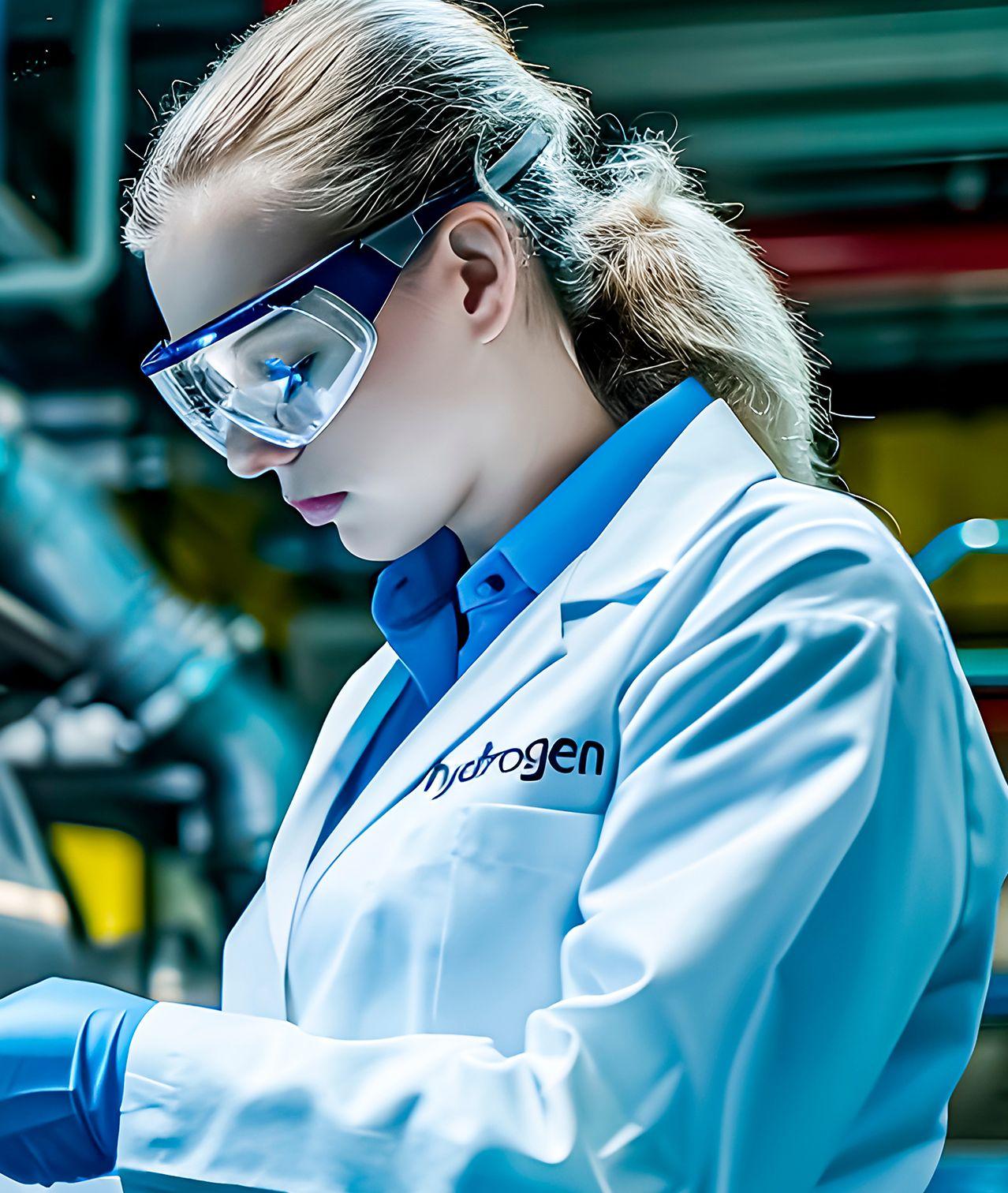
Rolls-Royce and TCS Collaborate on Hydrogen Research Programme
TCS expands its partnership with Rolls-Royce to research hydrogen fuel system technology, continuing to prove hydrogen could be a zero-carbon aviation fuel of the future. Tata Consultancy Services (TCS), a global leader in IT services, consulting, and business solutions, has expanded its partnership with Rolls-Royce, a British multinational specialising in […]

FactoryTalk DataMosaix puts data at the centre
Companies often spend a lot of effort and energy to figure out how they performed in the past. Rockwell Automation has released a solution that puts a company in control of how it will perform in the future. According to the World Economic Forum, in 2021 industries created, captured, copied […]
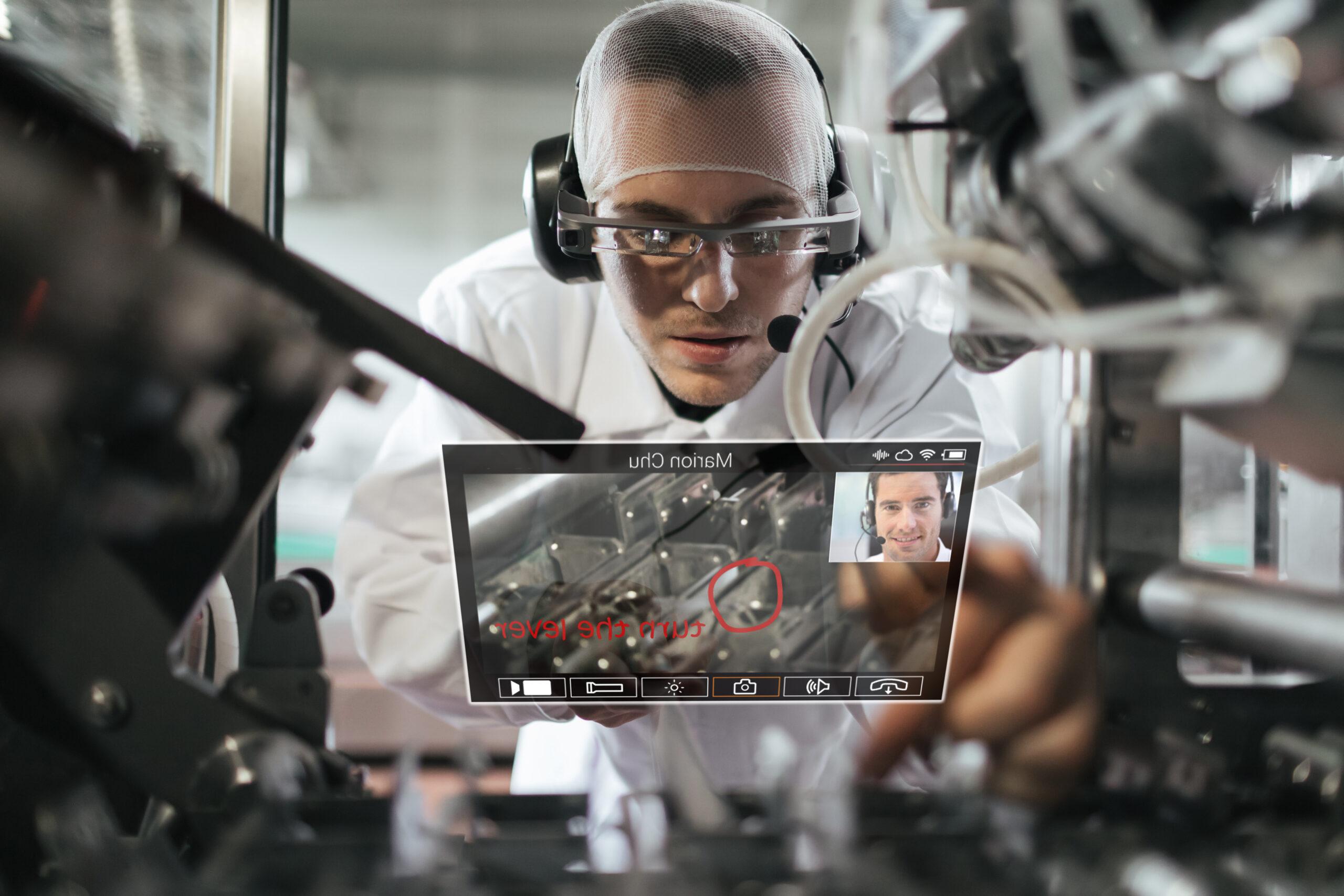
How leveraging smart factories optimises products and operations for manufacturers
Mei Dent, Chief Product and Technology Officer, TeamViewer Manufacturing processes and supply chains have become more complex over the past few years, making traditional methods insufficient to meet the demand for greater customisation and shorter production cycles. Manufacturers feel pressured by rising labour and material costs to find more efficient […]

Aspiration finds success
Women Going Places July 2024 by Media Hawkes Bay Limited – Issuu Women Going Places, a new magazine from Media Hawkes Bay Limited, profiles aspirational women with a story to tell. The women included in July issue are from Australia, New Zealand and ASEAN. In future issues, profiles […]

mimic joins race to develop first AI-driven collaborative robot
The race to develop the first commercially available humanoid robot has been primarily concentrated in the US – until now. Mimic, a Switzerland-based startup, is challenging US dominance and joining the robotics race to be the first to take a robotic arm and humanoid hand combination to market using generative […]
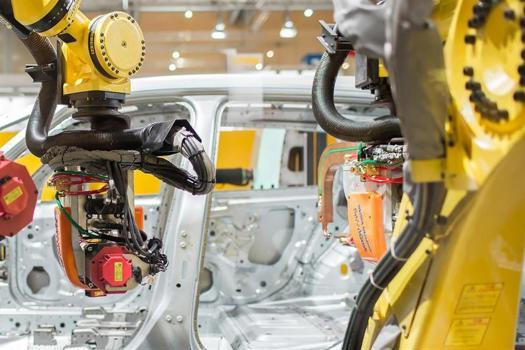
SYSPRO: Manufacturing CFOs shift focus to operational resilience
SYSPRO, a global provider of ERP software, has released its third annual Global CFO Survey, which reveals that the role of the manufacturing Chief Financial Officer (CFO) has seen a strategic inward focus aimed at bolstering operational resilience and efficiency in the wake of some unprecedented macro-economic shocks. The study, […]

CSIRO telescope becomes stellar ‘speed camera’ in world-first measurement
In a world first, researchers have measured the jets of neutron stars to be moving at 114,000km per second – one-third the speed of light. The international team achieved this result using the European Space Agency (ESA)’s orbiting gamma ray telescope, Integral, and the Australia Telescope Compact Array (ATCA) on […]

In the ‘age of AI,’ what does it mean to be smart?
As artificial intelligence gets better at predicting human behavior, a business psychologist encourages people to strengthen the uniquely human skills that machine learning has yet to tap. Tomas Chamorro-Premuzic has written, I, Human: AI, Automation, and the Quest to Reclaim What Makes Us Unique (Harvard Business Review Press). He explains […]

Navigating technology trends
“Did you see the article about blockchain on the paper’s home page? I think we need blockchain, too.” “We should give all our IT to an offshore system integrator—that will save a lot of money. Our competitors are doing the same thing.” “We need to do something about generative AI right away!” Many who work in IT have heard variations of these statements from well-meaning senior colleagues. And given how much technology underpins so many trends, as well as the increasing pace of innovation, IT leaders can expect to hear more of them and feel pressure to act on them. Sometimes it makes a lot of sense to act quickly on a trend. Innovation, after all, is a hallmark of successful companies. But not all trends are created equal. The annals of many IT organisations are littered with bold initiatives in trends that created a lot of excitement but not much value. Moving quickly to chase a trend often bogs an organisation down, leads to wasted spend, and takes attention away from important priorities. For this reason, the ability to evaluate trends quickly and communicate their relevance to the business is becoming a critical capability for the modern CIO. In practice, it is rarely as simple as saying “yes” or “no” to investment in a particular trend. Trends are unpredictable, change with time, and their relevance to a given business often waxes or wanes. Instead, CIOs need a clear set of parameters to rely on both for evaluating trends and for determining which posture to take for engagement with them: first mover, fast follower, slow adopter, or sometimes non-partaker. Four guides for determining a trend’s relevance Disruptive business value: The trend can result in measurable value to the business. Independence: The trend allows the organisation to work in smaller, more independent units. Connectivity: The […]



